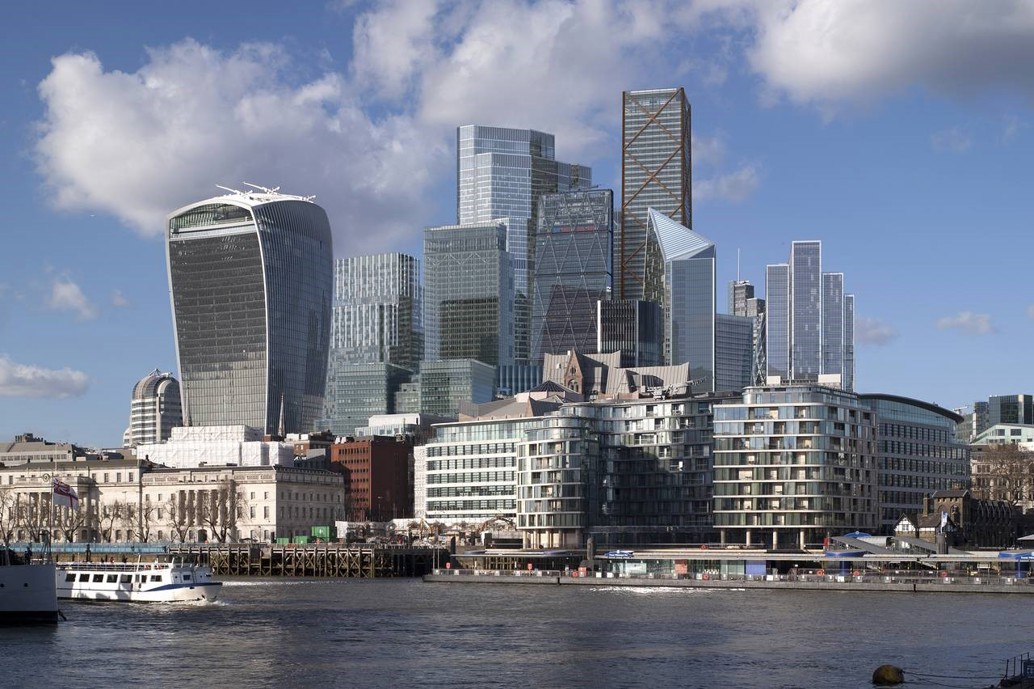“Good wind microclimate conditions are necessary for creating outstanding public spaces in the City for all”. (City of London Corporation)
Strong winds around the base of high-rise structures is a well-documented effect, as is the ‘channelling’ effect of wind being forced through narrow gaps if multiple towers stand close to one another. Now, for the first time, developers will be required to provide a more robust assessment of the impact of new developments over 25m tall, raising the benchmark for acceptable wind conditions in the City and combating the effect of potential wind tunnels on city workers and cyclists.
This year’s New London Architecture London Tall Buildings Survey found that 60 skyscrapers were to be completed in 2019, with an overall pipeline of tall buildings in the capital at 541. Within the Square Mile cluster, another 13 skyscrapers are planned by 2026 with six already under construction and seven having received planning permission from the CLC. Alistair Moss, Chair of the Planning at Transportation Committee at the CLC, acknowledged the need to address the impact of the increasing number of planning applications for tall buildings on microclimate conditions, stating “it is important that the knock-on effects of new developments on wind at street-level are properly considered”. The move has reportedly been supported by many cycling groups.
The guidelines dictate that developers proposing a tower more than double the height of its surrounding buildings will need to provide both wind tunnel testing and Computational Fluid Dynamics (CFD) assessments. CFD’s should be undertaken by an appointed wind consultant and will test the impacts of a scheme within early design development (i.e. pre-application stage). This can allow proposals to be adapted and necessary solutions to be found early on, preventing costly mistakes further down the line in the determination process of major planning applications.
Developers should take note that proposals for development situated in ‘exposed areas’, such as near the Thames and other sensitive pedestrian areas, transports hubs, hospitals and schools may require more detailed checks. The guidelines encourage early consultation with CLC planning officers, to determine whether their project will be subject to additional requirements.
The CLC also indicate that other factors such as temperature, sunlight, air quality and noise, which also influence our enjoyment of outdoor spaces, may be incorporated into a future edition of the guidelines. Interestingly, this links to the increasing and welcome consideration of pedestrians and cyclists ahead of cars in the City, exemplified by recent publicity surrounding traffic-free-lunchtimes and Sadiq Khan’s car-free day.
Overall, with London’s skyline continuing to head upwards, the new guidelines mark a significant and pioneering step by the CLC. However, other areas of London and ultimately other cities also expanding vertically, will need to follow suit, preparing guidelines or adapting existing policies to address the impacts on microclimate conditions at ground level, supporting the prioritisation of the safety and comfort of pedestrians and cyclists.



